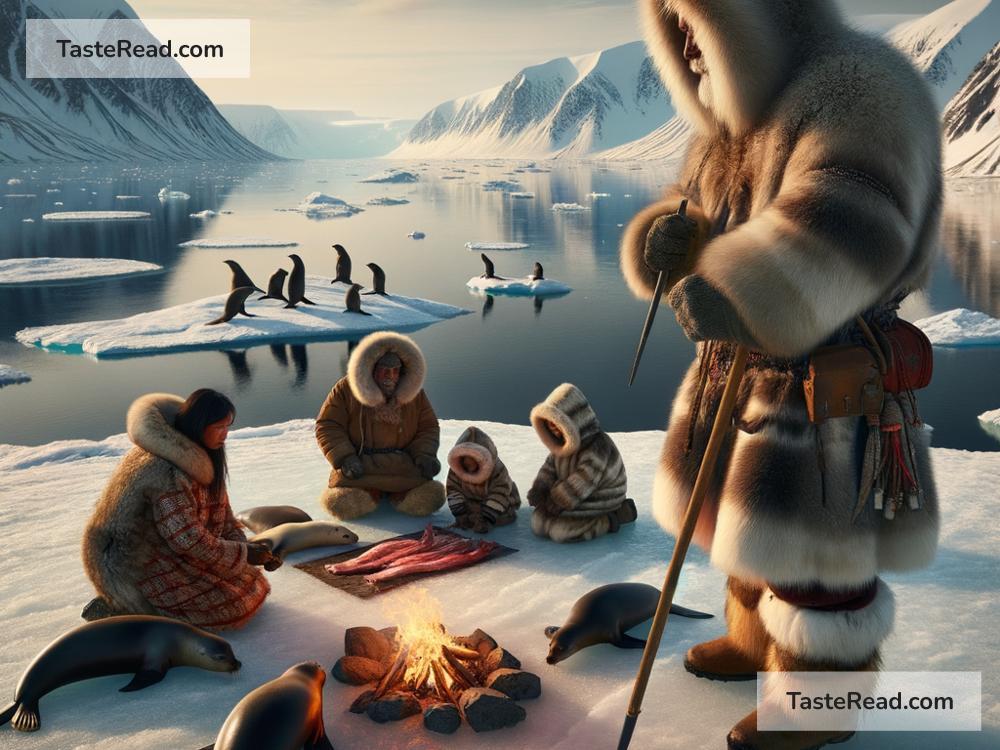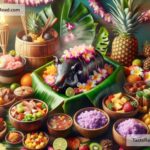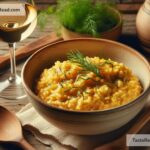Discovering Traditional Inuit Seal Hunting and Food Practices
The Inuit are Indigenous people who have lived in the Arctic regions for thousands of years. These areas include Alaska, Canada, Greenland, and parts of eastern Russia. Living in such cold and harsh environments isn’t easy, but the Inuit have developed incredible ways to survive. One of the most important traditions for the Inuit is seal hunting, which not only provides food but also clothing, tools, and fuel. In this blog, we’ll explore the history and importance of seal hunting and the unique food practices of the Inuit people.
Why Seal Hunting Matters to the Inuit
For the Inuit, seal hunting is more than just catching animals for food. It’s a vital tradition that connects them to their land, culture, and ancestors. Seals are abundant in the Arctic, and hunting them has allowed the Inuit to adapt to their environment. Unlike modern ways of life where people often buy food from grocery stores, the Inuit rely heavily on hunting and fishing to feed their families.
Seals are especially important because they provide multiple resources. Seal meat is rich in nutrients like protein and fat, which are crucial in an environment where fruits and vegetables are scarce. The skin can be used to make warm clothing, boots, and tents, protecting the Inuit from freezing temperatures. Seal fat, called blubber, is also valuable because it can be melted down into oil. This oil is used in lamps to provide heat and light, which was essential before electricity became common in the Arctic. Every part of the seal is used, and nothing goes to waste – a practice rooted in respect for nature.
Traditional Hunting Methods
Inuit hunting methods are adapted to the cold climate and their need to preserve energy. Hunting seals requires patience, skill, and knowledge of their movements. Seals spend much of their time in the water, but they occasionally come up on ice to rest or breathe through small holes in the ice.
One traditional hunting method involves waiting silently near a seal’s breathing hole. The hunter uses a harpoon – a long spear – to catch the seal when it comes up for air. This process can take hours, but the Inuit understand the importance of patience. During the winter months when the ice is thick, hunters may also use dog sleds to travel great distances in search of seals. Today, some Inuit hunters use modern tools like rifles and snowmobiles, but many still prefer traditional techniques because they are deeply tied to their culture.
Seal hunting isn’t done randomly; the Inuit follow strict rules and traditions to ensure sustainability. They believe in taking only what is needed and respecting the animal’s spirit. Sharing the catch with the community is also a big part of Inuit culture. This ensures everyone has enough to eat, and it strengthens the bonds between families and neighbors.
Seal-Based Foods: A Unique Diet
Inuit food practices are fascinating because they are so different from diets in other parts of the world. For example, seal meat is a staple food and can be eaten fresh, frozen, or dried. One popular way to eat seal meat is raw, which might surprise people who are used to cooking their food. In the Arctic, raw food helps preserve nutrients that are lost when cooked. Frozen seal meat is also easy to store in the icy environment and can last for weeks.
Seal blubber, the thick layer of fat under the seal’s skin, is another key food source. It is often eaten raw or turned into oil. Blubber provides a lot of energy and helps the Inuit stay warm in the cold conditions. Mixing blubber with other wild foods, like berries, creates a dish called “Eskimo ice cream.” This recipe varies among communities but often includes whipped blubber and tundra plants.
Organ meats, such as the liver, are considered a delicacy and are rich in important vitamins. Eating these parts of the seal helps the Inuit maintain their health without needing supplements or processed foods. The Inuit also sometimes ferment seal meat, creating a tangy food called igunaq.
Modern Challenges and Cultural Preservation
Although seal hunting is an ancient practice, modern times have brought challenges. Climate change is impacting the Arctic, making ice less predictable and affecting the seal population. Hunters are finding it harder to access their traditional hunting grounds, and the changing environment poses risks to their livelihoods.
Additionally, some people criticize seal hunting, as they believe it is cruel or unnecessary. However, activists and Inuit leaders strongly defend their practices, pointing out that hunting is sustainable and respectful of nature. Seal hunting is not about mass production but about living in harmony with the environment. For the Inuit, hunting is a way of life, not a commercial enterprise.
Today, efforts are being made to preserve Inuit culture and traditions. Many Inuit elders teach younger generations how to hunt, prepare food, and respect the animals they rely on. Some also advocate for stronger support from governments to protect hunting rights and traditions.
Conclusion
Traditional Inuit seal hunting and food practices represent a powerful connection to the Arctic land and its resources. This way of life demonstrates respect for nature, sustainability, and community sharing. While the modern world and climate challenges continually shape Inuit practices, their traditions remain a vital part of their identity. By learning and appreciating these customs, we can better understand the wisdom and resourcefulness of the Inuit people, as well as their harmonious relationship with the environment.


